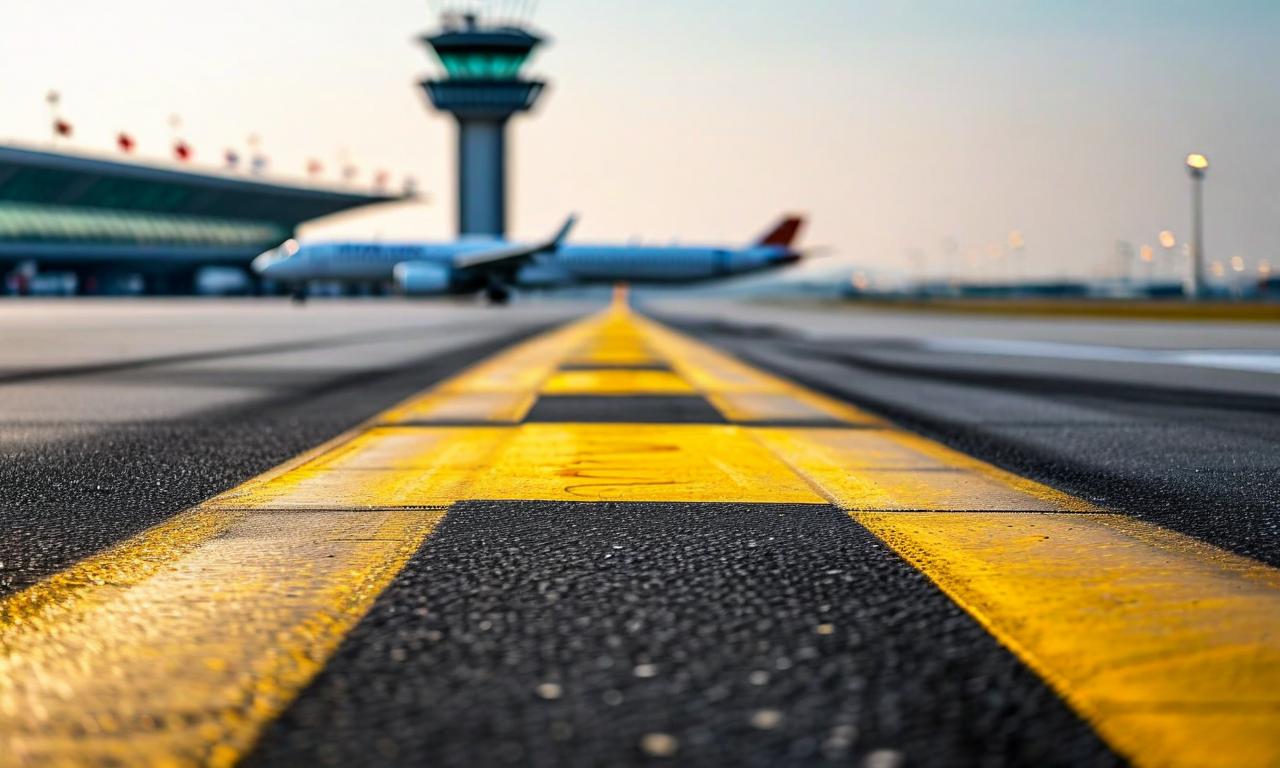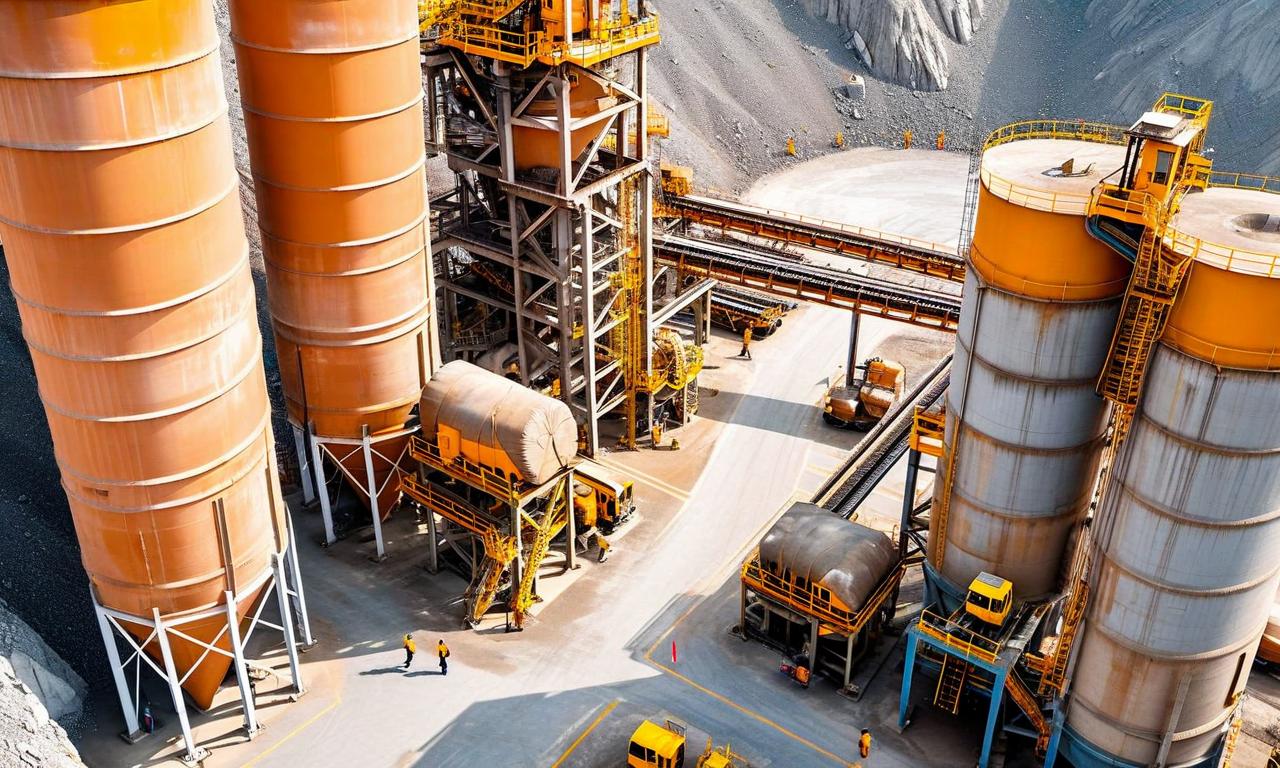GMR Airports Sees 3.3% Passenger Growth in Q1, Faces Challenges in Domestic Traffic
GMR Airports handled 30.2 million passengers in Q1, a 3.3% increase year-over-year, despite challenges in domestic traffic. Delhi Airport saw a slight decline in total passengers (-1.2%), while Hyderabad Airport experienced strong growth (+17.1%). The new Mopa Airport in Goa also showed positive growth. Domestic traffic slowdown in May and June was attributed to political issues. Hyderabad Airport set new records for quarterly passenger traffic, while Delhi Airport faced temporary disruptions due to airspace changes and runway upgrades.

*this image is generated using AI for illustrative purposes only.
GMR Airports , a leading player in the Indian aviation sector, reported a mixed performance in the first quarter, with overall growth in passenger numbers but challenges in domestic traffic.
Passenger Traffic Overview
GMR Airports handled 30.2 million passengers across its network in Q1, marking a 3.3% increase compared to the same period last year. This growth demonstrates the resilience of the aviation sector and GMR's strong position in the market.
Domestic Traffic Slowdown
Despite the overall growth, the company experienced a slowdown in domestic traffic during May and June. This deceleration was attributed to political issues, which likely affected travel patterns and consumer confidence in air travel.
Performance Across Airports
Delhi Airport
Delhi Airport, the flagship of GMR's portfolio, saw a slight decline in passenger numbers:
| Category | Passengers | Change Y-o-Y |
|---|---|---|
| Total passengers | 19.1 million | -1.2% |
| Domestic passengers | 13.8 million | -2.7% |
| International passengers | 5.2 million | +3.0% |
The decline in Delhi's traffic was partly due to temporary disruptions caused by changed airspace conditions amid geopolitical events and upgradation work on Runway 10/28.
Hyderabad Airport
Hyderabad Airport showed strong growth:
| Category | Passengers | Change Y-o-Y |
|---|---|---|
| Total passengers | 8.1 million | +17.1% |
| Domestic passengers | 6.7 million | +19.1% |
| International passengers | 1.3 million | +7.8% |
Hyderabad Airport set new records, achieving its highest-ever quarterly passenger traffic.
Mopa (Goa) Airport
The newly operational Mopa Airport in Goa also showed positive growth:
| Category | Passengers | Change Y-o-Y |
|---|---|---|
| Total passengers | 1.23 million | +7.3% |
| Domestic passengers | 1.16 million | +3.8% |
| International passengers | 0.07 million | +133.4% |
Operational Highlights
- GMR Airports' passenger traffic has consistently exceeded 9.7 million per month since November.
- Hyderabad Airport achieved remarkable milestones, handling its highest-ever passenger traffic and aircraft movements in Q1.
- Delhi Airport maintained a steady performance, consistently handling over 6 million passengers monthly since November.
Future Outlook
While the company faces challenges in domestic traffic, particularly at Delhi Airport, the strong performance of Hyderabad Airport and the growth at Mopa Airport indicate resilience in GMR's airport portfolio. The company continues to focus on enhancing passenger experience and operational efficiency across its airports.
As the aviation sector navigates through various challenges, including geopolitical issues and infrastructure upgrades, GMR Airports' diverse portfolio and strategic locations position it well to capitalize on the long-term growth potential of the Indian aviation market.







































